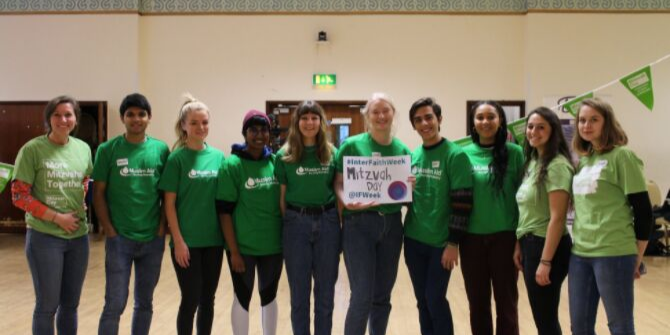There are different formats you can use for your CV to show your skills and experiences in the best way, tailored to the role which you are applying to. You may present the same information but in a slightly different way with alternative headings and structure.
Traditional or reverse-chronological CV
This is the most common type of CV and is suitable for the majority of job seekers. Education and work experience are presented in reverse chronological order (i.e. most recent activity at the top of each section) to make it easy for the reader to see what you have recently been doing. Our guide, How to write CVs, cover letters and application forms (available from this webpage), is a great starting point for this type of CV and you can also read our blogs on tailoring your CV and how long your CV needs to be for further advice too.
Skills-based or ‘functional’ CV
This format is different to the traditional CV in that you list your education and work experience very briefly and the bulk of the CV is then taken up by demonstrating relevant skills. The skills you mention should be closely matched and tailored to fit a given job description. It is common to include a profile to help put their experience into context in 2-3 lines at the top of this type of CV.
A skills-based CV can be useful if you’re changing careers or you have lots of experience in a range of sectors and want to show how your varied experience is relevant. If you think this type of CV could be for you read our blog on functional CVs to find out more.
Academic CVs
These are used for applying for research assistant roles, fellowships, post-docs and lectureships. An academic CV is the only type of CV typically longer than two pages, as you’re required to give details of all publications, grants awarded, professional memberships and conferences attended. If you’re applying for an academic position there are some further guidelines in our blog on applying for a job in academia and some examples in the academic CV section on our CV resources page.
Creative CVs
If you’re looking for a role in a creative industry such as graphic design, marketing, PR or brand consultancy then an infographic or visual CV could be appropriate to show your creativity and design skills. The Creative CV Guide (created by University of the Arts, London) provides a lot of detail on getting started. You might also find inspiration in this article showcasing 50 creative CVs, or even could consider a more interactive option using online platforms like Prezi. The key thing when making a creative CV is ensuring it reflects your individuality – so take ideas from elsewhere, but try to create something that ultimately is your own!
Never written a CV?
Take a look at the option above you think works before for you, and once you have a finished draft, book an appointment with one of our team for feedback before you submit your application.






2 Comments